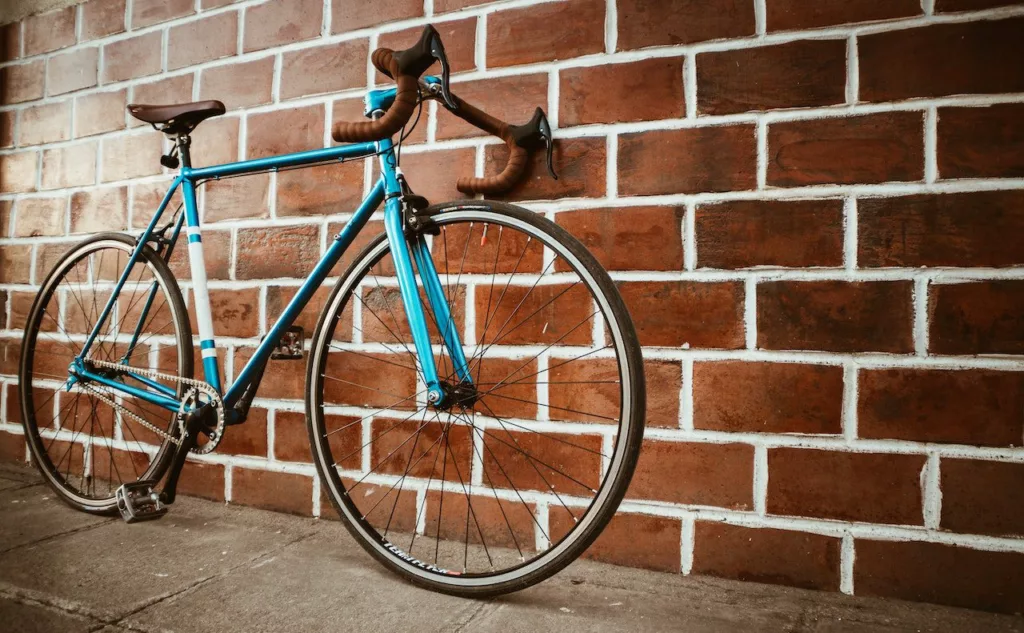How do you choose the right bike for your body type? It’s a question we get all the time at the shop and one that can be tricky to answer. There are so many variables to consider: height, weight, riding style, and ability. But don’t worry, we’re here to help. It’s not uncommon for customers to buy the wrong bike, only to find out it doesn’t fit them properly. Here are some tips to help you find the right bike for your body type.
Table of Contents
Toggle1. Know Your Body Type
When it comes to bike fit, one size does not fit all. Different body types require different bikes that are best suited for their physical characteristics. Taller riders typically need a larger frame while shorter riders may be able to get away with a smaller frame. For example, if you have an endomorph body type (stocky build) you may want to go for a mountain bike with heavier components that can support your body weight. Additionally, it’s important to read more about your body type and what type of bike would be best suited for you-while it may be tempting to go for the latest racing frame if it doesn’t fit your body type you won’t get the most out of it.
2. Consider Your Riding Style
Choosing the right bike for your body type is a great start, but you also want to make sure that the bike meets your riding style. Are you an avid road cyclist who loves to get out and ride long distances? Or are you more of a mountain biker who likes to take on tough terrain? Different bikes perform better in different scenarios, so make sure you choose one that suits your preferred riding style. Road bikes are designed for speed and distance, while mountain bikes have higher ground clearance and shock absorption for trail riding.
3. Test Ride Different Bikes
You should begin taking test rides of the various bike models you are interested in once you have reduced your options. This is an important stage since it will show you how the bike behaves and whether it fits your body type. To gain a sense of the bike’s handling when climbing and descending hills, test rides should be conducted on both flat terrain and slopes. Keep track of all the details during each ride, such as the saddle height, handlebar reach, and other factors that may affect comfort in general.
4. Ask for Professional Advice
No matter what type of bike you choose, the fit is important. Professional bike shops have experienced staff who can help you find the right model and setup for your body size and shape. Don’t be afraid to ask for advice – it’s their job to know about bikes and to give you the best fit possible. The better the fit, the more comfortable and enjoyable your ride will be. Once you have found a good fit, make sure to repeat this fitting process each time you buy a new bike or upgrade components on an existing one.
5. Take Care of Your Bike
Once you’ve purchased the right bike for your body type and style of riding, it’s essential to keep an eye on its maintenance. Regularly checking your tires, brakes, gears, and chains are key elements in making sure your ride is always enjoyable. If any parts look worn or need repair, take care of them promptly. Other regular maintenance includes cleaning your bike with water and mild soap after each ride—this will help preserve its paint job, and make the bike easier to maintain in the long run.
6. Enjoy The Ride
Finally, the most important factor in choosing the right bike is to make sure you enjoy riding it. If you feel comfortable and safe on your bike, you can be confident that it’s the right fit for your body type. Pay attention to how you feel when you’re out on a ride; if there are points of discomfort or areas where the bike could be tweaked to give a better fit, address those now before they become hard-to-overcome bad habits. Keep in mind that no two bikes are alike, so don’t be afraid to try different models with similar styles until you find what works best for you.

When it comes to choosing the right bike for your body type and riding style, a little research and test riding can go a long way. Consider getting professional advice and guidance on finding the best fit for you, as well as regularly inspecting and maintaining your bike so that it will last for years of enjoyable rides. With the right setup, you can be sure to make the most of every ride.






